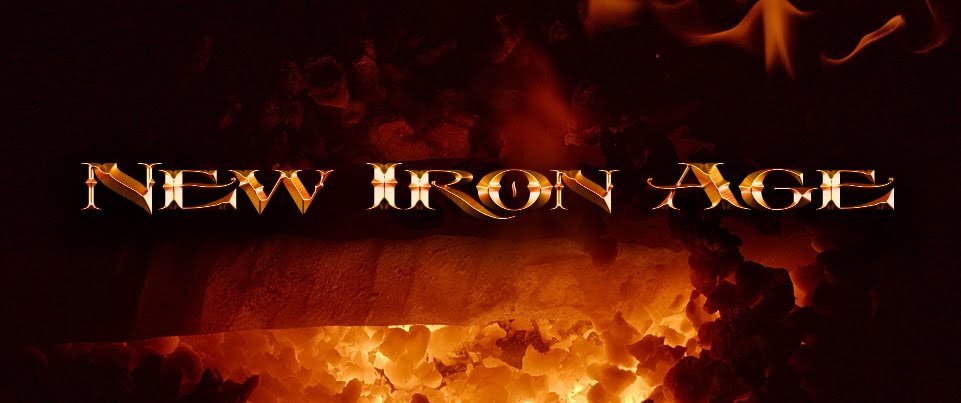The world was so much vaster than Asherah would have ever believed.
She and her companion Tekru passed through the fallow lands below the
frost, where the earth had been torn by ancient glaciers in their
passing and left raw and dark beneath an iron sky. From there they
entered rocky lands, with wide barren plains shadowed by jagged
mountains. Under a crescent moon they left behind the northlands she
had known, and rode into a land where the sun rose each day into a
blazing sky.
She was glad when mists hid the sun, for the light was harsh to her,
and she covered her face with her cowl when they traveled by day.
But as the land grew rougher, and the cliffs rose on each side, there
was more shade from the sun, and at last they descended into a long,
steep valley between towering razor mountains, and reached a land of
forest so deep it seemed to stretch forever in every direction, and
she wondered how they would find their way.
The trees were huge and towered high over the path, the branches
heavy and thick with mist. The carpet of fallen needles beneath the
hooves of their horses was so thick they made no sound when they trod
upon it. The land was silent and ageless, and she wondered if any
human eyes had ever seen these deeps.
On the eighth day they climbed a long ridge beside the sighing of a
great waterfall, tasting the mist in the air, and then they came to a
place where the earth was churned and marked by the print of a great
hoof. Asherah was amazed, for she had never seen a track so immense.
It was the split hoof of a deer, but as far across as a shield, and
the beast it suggested must stand as high as a great tree. Tekru saw
it and shook his head, made a sign to ward off evil.
“We can dare no more. Here the path turns east, to take us out of
this accursed land.” He pointed to where the mountains were cleft,
and a pass was visible in the fog. “That way.”
“You said the red sands we seek are to the south,” she said. “Is
there no way through?”
“The way south is swifter,” he said. “But only a madman would
take it. From here the forest becomes something not meant as the
domain of men. If you go south into those woods, you will not come
out again.”
“I am already too far behind my quarry,” she said. In her mind
she saw the face of Gathas the sorcerer, the one who stole the body
of the emperor from its tomb and set her on this path. “I cannot
delay.”
“Perhaps one such as you might pass through the forest, but do not
risk it.” He gestured. “This way will take us back to the lands
of men, and from there we may take a road to the south.”
“But it is the long way,” she said.
“As the path is marked, yes. But Vengru walks here, the ruler of
the forest, the one who may be a god.” Tekru looked on the great
hoofprint and shuddered. “He does not permit any to cross his land
unmarked.”




